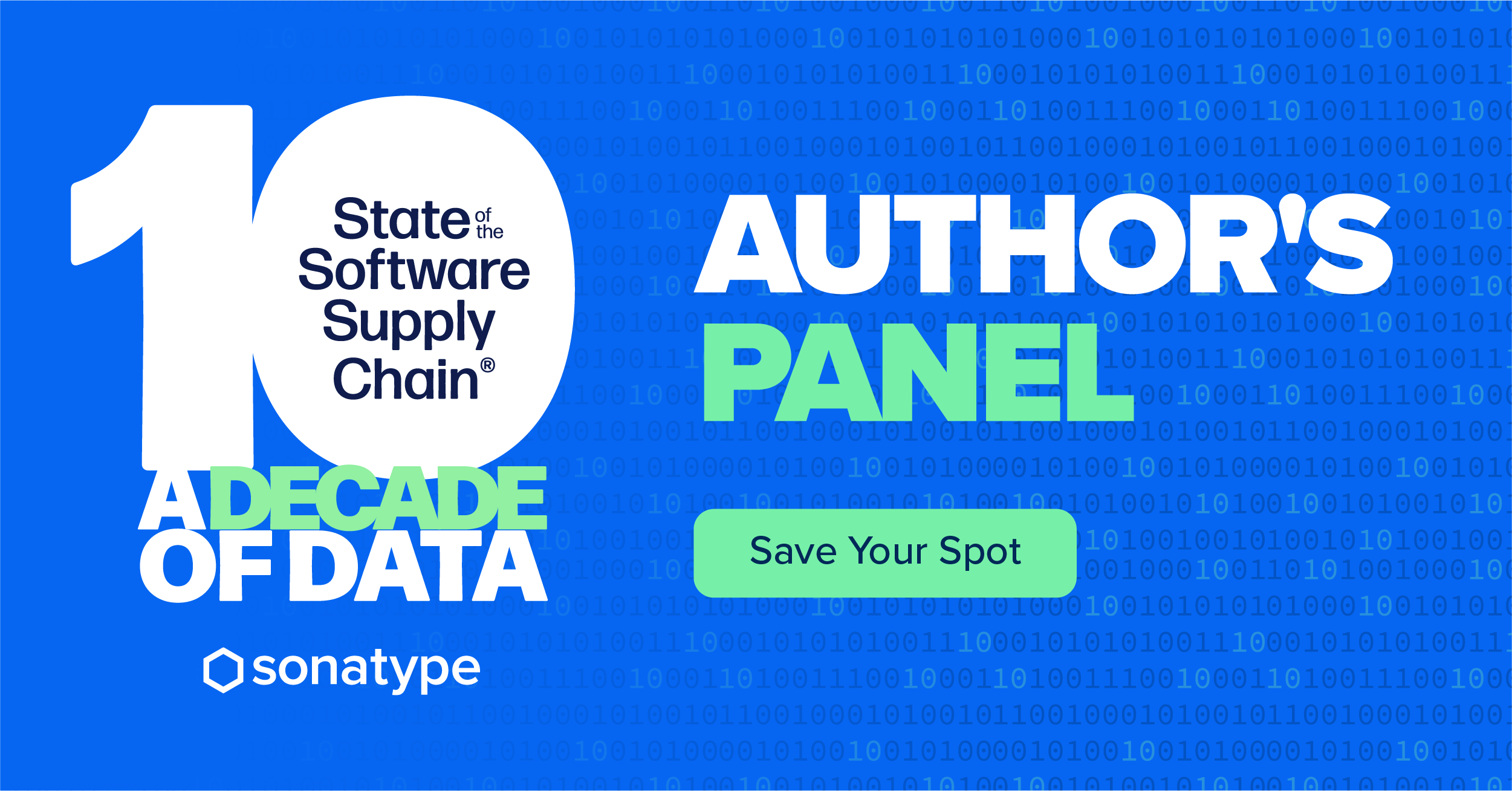
Project highlights for World Open Source Day: My open source tools
By Luke Mcbride
6 minute read time

As part of our celebrations for World Open Source Day, we've compiled a list of frequently used software. I'm a big fan of open licenses and especially tools that don't require an internet connection, so I've compiled a list of some of my favorites that meet both criteria.
Note that these are just the programs that I want to highlight as useful and effective. Their presence does not represent an endorsement by Sonatype. I've independently contributed to all three projects.
Flowcharts: Diagrams.net / draw.io
Although most will see this as a somewhat basic, open source Visio alternative, Diagrams.net is for me a dream come true. It's an accessible, easy-to-use, and shareable way to explain processes, concepts, and choices in a given system. The program will integrate with a variety of other software, including VSCode, Atlassian, and more.
 View of the Diagrams.net program.
View of the Diagrams.net program.
I often use this for walking through a process, explaining the logic of a system, or mocking up graphics. Using it live on a shared desktop session, I've been able to clarify steps, explain thinking, and define boundaries.
Below is a graphic created using the program for an article on Common Vulnerabilities and Exposures to explain the range of scoring available for vulnerabilities.
 Example of a number scale created in Diagrams.net.
Example of a number scale created in Diagrams.net.
You can download or run the program through a web browser from the Diagrams.net home page.
Productivity: LibreOffice
LibreOffice is a cross-platform productivity suite available for Windows, Mac, and Linux, with a feature-limited version available on mobile devices. The program mirrors similar programs like Google Docs and Microsoft Office, with separate internal tools for things like word processing, spreadsheets, and presentations.
 View of the startup screen with available templates.
View of the startup screen with available templates.
Most notably, the program may be the single most compatible software in active development today. It has adopted import tools to view hundreds of different file formats from a wealth of different software from the last 30 years.
Although the collaborative features are well behind its peers, the broad compatibility and familiar interface make it a reliable solution. I use LibreOffice daily for drafting content, editing transcripts, keeping notes, and basic image edits.
Below is a quick template I often use that was created within the included "Impress" presentation tool. I use this to quickly add semi-transparent logo watermarks to Sonatype screenshots and images.
 Image of LibreOffice Impress presentation editor used for simple watermarks.
Image of LibreOffice Impress presentation editor used for simple watermarks.
If you are a Linux user, you likely already have this software installed. Other operating systems can download from the home page: LibreOffice.org.
Image edition: PhotoDemon
Currently only available for Windows, this lightweight photo editor can serve as a basic Photoshop alternative. It's fast and easy to learn with power features like batch conversion, macros, and support for Photoshop plugins. There are a host brushes, tweaks, filters, and other tools.
 PhotoDemon software screencap.
PhotoDemon software screencap.
I use the program on occasion for image cleanup or compression. Here's an example for an image I modified for a post talking about the future of software development:
 An image modified using PhotoDemon built from an open-licensed photo by Lindsey LaMont.
An image modified using PhotoDemon built from an open-licensed photo by Lindsey LaMont.
Just a taste
These are just three of the huge list of open source projects that are available today. And each of these programs is built using hundreds of component projects. Our thanks to the authors for making them free to use as well as sharing the internals to review, study, and modify.
You can get involved in open source software without being a developer. Visit the website of a project you love and ask what's needed.
Happy World Open Source Day 2023!
Related
-
An open-licensed book on writing I really like: Writing and Literature: Composition as Inquiry, Learning, Thinking, and Communication (especially Chapter 3: Effective Argument)
- Why Companies Should Contribute to Open Source - And How to Do It
- How to Manage Your Open Source Licenses in 2022

Written by Luke Mcbride
Luke is a writer at Sonatype covering everything from open source licenses and liability to DevSecOps trends and container security.
Explore All Posts by Luke McbrideRelated Resources



